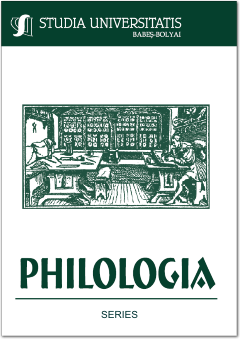JAMES JOYCE’S ULYSSES: READING THE SELF IN THE BODY
JAMES JOYCE’S ULYSSES: READING THE SELF IN THE BODY
Author(s): Vlad MelnicSubject(s): Language and Literature Studies
Published by: Studia Universitatis Babes-Bolyai
Keywords: Ulysses; the use of bodies; zone of non-consciousness; corporeal narratology; Agamben; Damasio; Punday.
Summary/Abstract: James Joyce’s “Ulysses”: Reading the Self in the Body. Throughout this paper, my primary contention is that, as a book, Ulysses is a body of potentialities meant to help readers consubstantiate with their selves, with a special dedication for the Irish audience of the 1900s in particular. I suggest, in other words, that from a post-humanist perspective, the novel’s most metempsychotic feature remains its ability to guide readers out of their self-legitimising narratives and into the seat of their consciousness, the individual body. As the reader suspends their personal existence to engage with the body of the book, the latter helps deliver them into life-actual, all the while internalising a story unravelling its own textual cessation. This perspective on Ulysses involves re-tracing the human body within each narrative level, and the changes it undergoes through the novel’s embeddedness.
Journal: Studia Universitatis Babes-Bolyai - Philologia
- Issue Year: 63/2018
- Issue No: 4
- Page Range: 191-206
- Page Count: 16
- Language: English

